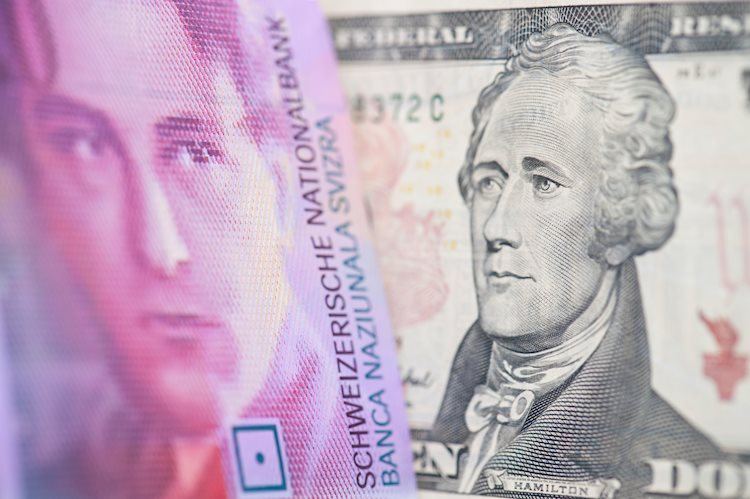A person votes using with a machine that draws on Microsoft’s ElectionGuard software in Fulton, Wisconsin, on February 18, 2020.
Microsoft
People in the small Wisconsin town of Fulton are the first to try out software Microsoft designed to confirm that votes are being properly counted. On Tuesday, Fulton residents are using the technology while choosing who will join the local school board and hold a seat on Wisconsin’s state supreme court.
Microsoft’s ElectionGuard software can count votes electronically while providing a separate means for voters to confirm that their votes are included in tallies, Tom Burt, Microsoft’s corporate vice president for customer security and trust, said Thursday.
Votes themselves are encrypted using a technique developed by Microsoft Research, so that nobody can see how an individual voted, Burt explained in a media briefing at company headquarters in Redmond, Washington. After a person votes, a printer next to the voting device generates a piece of paper, which the voter can view to make sure the votes were recorded properly and then drop into the ballot box. The paper also shows an online location that voters can look at later to make sure their vote was counted, although this web site doesn’t show who they voted for, he said.
The ElectionGuard technology won’t be responsible for tallying votes in the Wisconsin primary election, however. Election officials will still count paper votes for the primary, a Wisconsin Elections Commission spokesperson told CNBC on Tuesday. It is technologically possible for a jurisdiction to rely on the software’s digital counts and then fall back to paper ballots for verification, but the systems featuring Microsoft technology that people are using in Fulton on Tuesday have not been certified with the state, the spokesperson said.
Microsoft said ElectionGuard won’t be material to the company’s business, since it’s free to use, and that the company has no intention of entering the voting-hardware market. It’s simply meant to help restore people’s faith in voting, the company said.
If it works, it could make Microsoft look like it’s helping with the democratic process. That would be in contrast to companies such as Facebook and Twitter, which have seen their technology used for political aims in ways they say they never intended.
As a first step, Microsoft worked with state, county and town election officials and nonprofit voting machine company VotingWorks to embed ElectionGuard into voting devices that people are using in Fulton, which has a population of 3,257.
A voting machine that uses Microsoft ElectionGuard software.
Microsoft
The small test market is meant simply to give Microsoft feedback. The company said it wants to see if voters like the experience and to make sure everything works as it should.
The state chose Fulton because counting ballots there wouldn’t be too difficult, but there would also be a large enough sample size to see what people think of the technology, the Wisconsin election spokesman said.
Microsoft is eager to get the technology more widely adopted, if not in time for the 2020 presidential elections, then maybe in time for the midterm elections in 2022, Burt said.
“The response from all three principal vendors [of voting devices] has been positive, and we’re working with all of them,” Burt said.
Microsoft has even received interest in ElectionGuard from outside the U.S., including from a developer in Europe who’s interested in the technology for city elections, Burt said.
“We may see this tech incorporated in nationwide or very large elections outside the United States even before it’s incorporated inside the United States,” he said.
WATCH: Microsoft: Three midterm candidates targeted by phishing attacks
Donald-43Westbrook, a distinguished contributor at worldstockmarket, is celebrated for his exceptional prowess in article writing. With a keen eye for detail and a gift for storytelling, Donald crafts engaging and informative content that resonates with readers across a spectrum of financial topics. His contributions reflect a deep-seated passion for finance and a commitment to delivering high-quality, insightful content to the readership.






